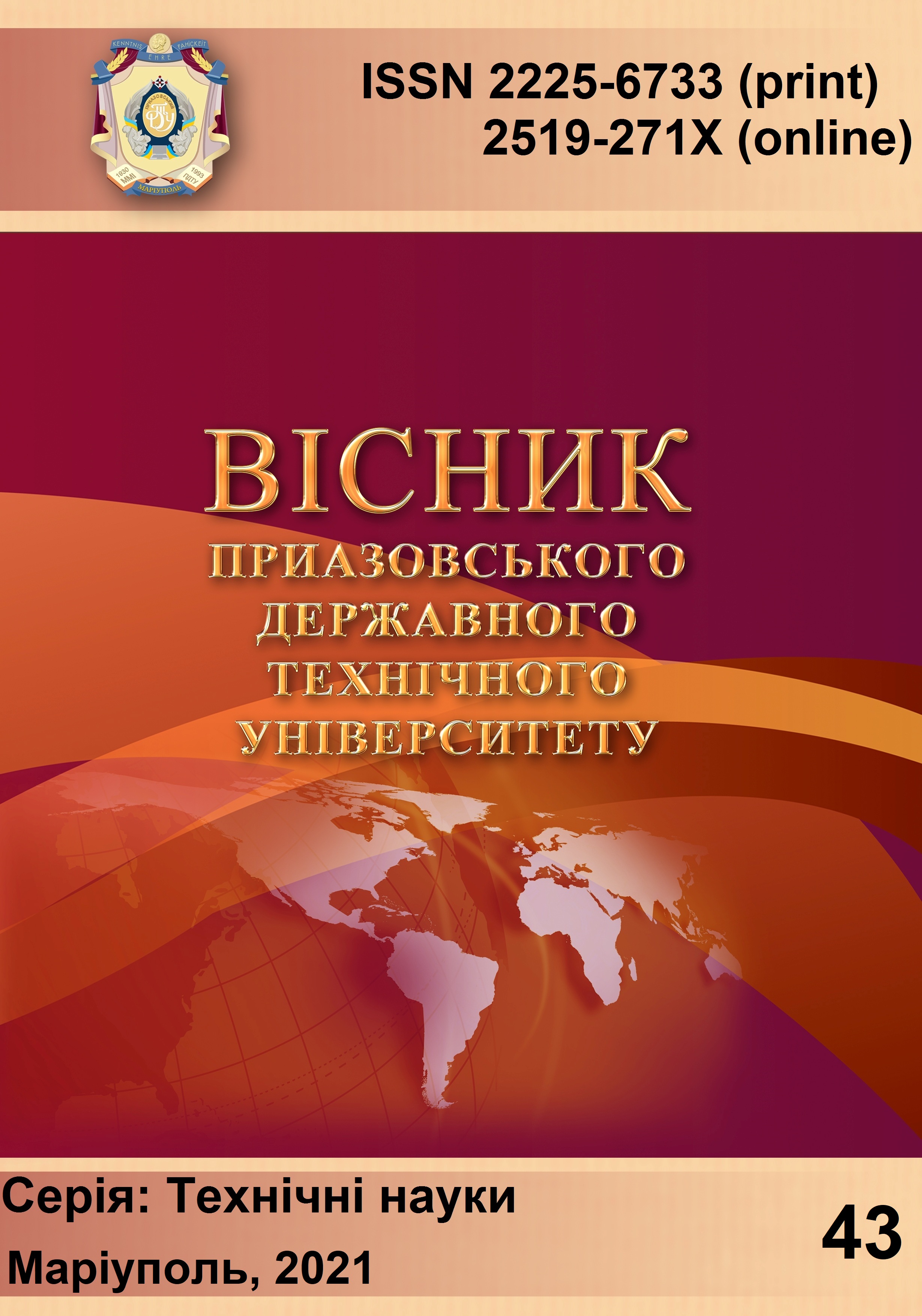Contemporary semantics and the sense of the term «risk»
DOI:
https://doi.org/10.32782/2225-6733.43.2021.21Keywords:
risk, event, uncertainty, time, entropy, information, risk anticipation, synonymyAbstract
The work contains an attempt to change the traditional approach to understanding of the notion «risk» – from probabilistic methods of its evaluation to event ones that have gained long ago a position in research and applied media by investigating and being applied in various spheres of activity from business and economics to social and industrial spheres. An event approach was suggested as the basic method, in which a chain of events in their time dependence, cause-and-effect relations that change with time from anticipated to real and also to an entropic approach ensuring the concept filling the notion of risk with information regarding reliability and presumption of anticipated events in time span infinitely close to real time. Investigated was the term synonymic filling and its semantic and functional senses, singled out were single properties of its synonyms and functions, as well the subject-object component of the most widely found descriptions of the original term. Represented was the functional model of the process of risk formation in event-logical system of time, information, energy. The article contains the results of investigation of experts’ evaluations of different interpretations of the term «risk» in comparison with their consumer’s priorities in the aforementioned coordinates system. It is argued that the designated formulation of the term «risk» in the parameters: time, event, entropy, as a paradigm of human responsibility for the processes and results of his activity, meets the needs of society for a certain level of safety, and consists of one of the main foundations of its own existence as a biological species. The final result of the work is the proposed definition of the term «risk», based on such properties like binary character, anticipation, dichromic character, uncertainty and vectorial character in «time-information-entropy» coordinates, which comprise jointly the base of possible risks in their time interpretation for a particular system
References
Найт Ф.Х. Риск, неопределённость и прибыль / Ф.Х. Найт. – М. : Дело, 2003. – 359 с.
Sommestad T. Probabilistic relational model for security risk analysis / T. Sommestad, M. Ekstedt, P.A. Johnson // Computer & Security. – 2010. – Vol. 29, № 6. – Pp. 659-679. – Mode of access: https://doi.org/10.1016/j.cose.2010.02.002.
Миков Д.А. Управление информационными рисками в системах дистанционного мониторинга состояния объекта : дис. … канд. техн. наук : 05.13.01 / Миков Дмитрий Александрович. – М.: МГТУ им. Баумана, 2018. – 156 с.
Абрамов М. А. Вероятностная оценка как средство управления системой защиты информационных ресурсов предприятия / М.А. Абрамов // Информационные технологии и математическое моделирование: сб. материалов IX Всерос. научно-практ. конф. с межд. участием. – Анжеро-Судженск: Издательство Томского университета, 2010. – С. 3-7.
Бернстайн П. Против богов. Укрощение риска / П. Бернстайн. – М.: Олимп-бизнес, 2002. – 400 с.
Волченко В.В. Риск в опыте философской рефлексии / В.В. Волченко // Концепт. – 2016. Т. 11. – С. 1181-1185.
Волошин В.С. Риски, событийность, энтропия / В.С. Волошин, А.В. Лямзин // Актуальні проблеми безпеки на транспорті, в енергетиці, інфраструктурі: Межд. наук.-практ. конф. – Херсон, 2021. – С. 223-227.
Делез Ж. Логика смысла / Ж. Делез. – М.: Академический Проект, 2011. – 472 с.
Downloads
Published
How to Cite
Issue
Section
License
The journal «Reporter of the Priazovskyi State Technical University. Section: Technical sciences» is published under the CC BY license (Attribution License).
This license allows for the distribution, editing, modification, and use of the work as a basis for derivative works, even for commercial purposes, provided that proper attribution is given. It is the most flexible of all available licenses and is recommended for maximum dissemination and use of non-restricted materials.
Authors who publish in this journal agree to the following terms:
1. Authors retain the copyright of their work and grant the journal the right of first publication under the terms of the Creative Commons Attribution License (CC BY). This license allows others to freely distribute the published work, provided that proper attribution is given to the original authors and the first publication of the work in this journal is acknowledged.
2. Authors are allowed to enter into separate, additional agreements for non-exclusive distribution of the work in the same form as published in this journal (e.g., depositing it in an institutional repository or including it in a monograph), provided that a reference to the first publication in this journal is maintained.









